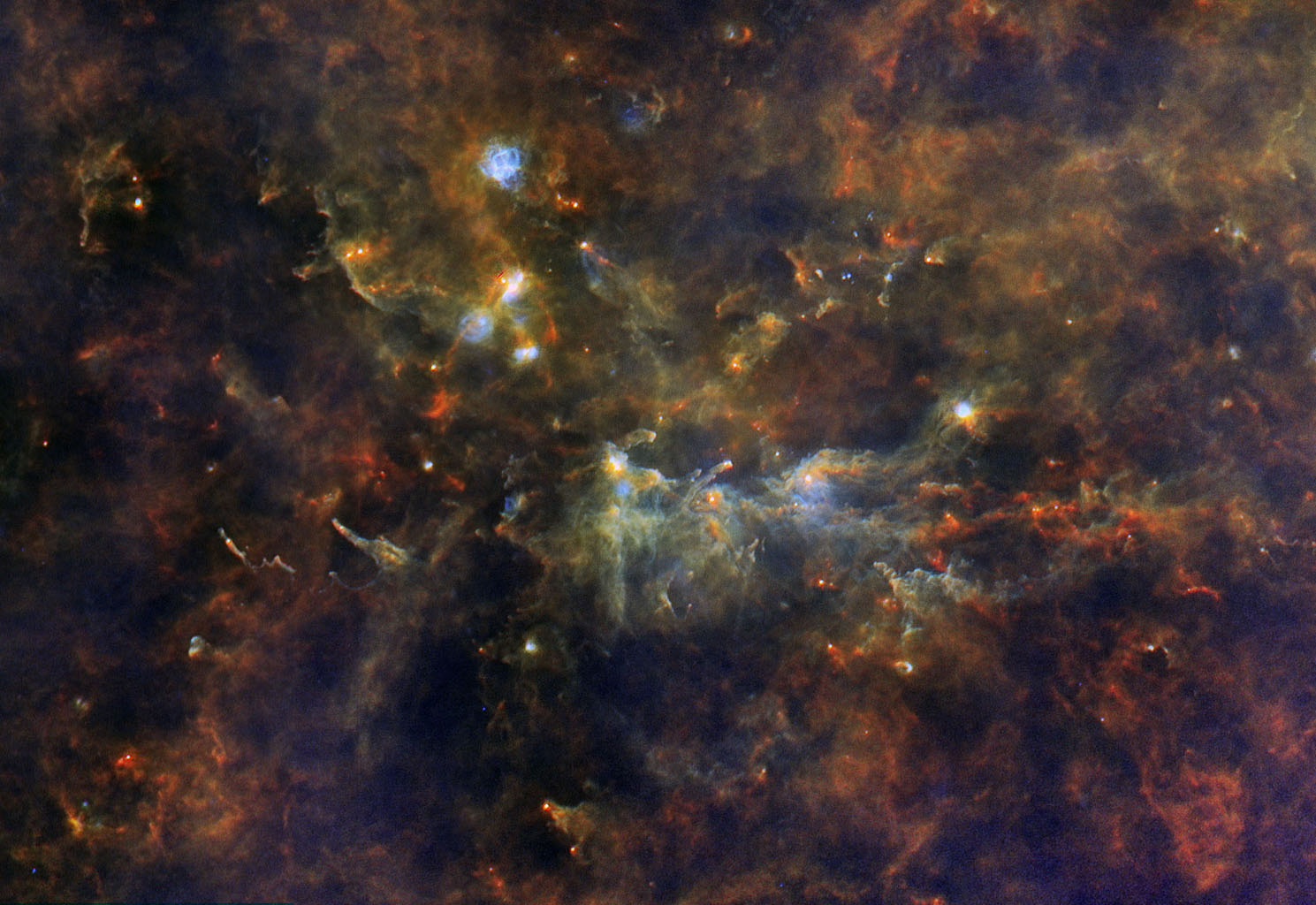
The European Space Agency (ESA) has adopted Euclid, a space-based dark energy and cosmology research mission, in its Cosmic Vision 2015-2025 program. Euclid will follow the project development schedule set by ESA, with launch currently planned in the 2020 timeframe.
As an ESA-led mission with participation from NASA, Euclid will map the
geometry of the dark Universe. Using two cosmological probes—weak
lensing and baryonic acoustic oscillations—in a wide-field survey,
Euclid will precisely measure the growth of large-scale structure and
the expansion history of the Universe.
Understanding the mechanism responsible for the apparent late time acceleration of the expansion of the Universe - dark energy
Test the validity of general relativity on cosmic scales
Investigate the nature and properties of dark matter by mapping the 3-dimensional dark matter distribution in the Universe
Refine our understanding of the initial conditions at the beginning of our Universe, which
seed the formation of the cosmic structures we see today
